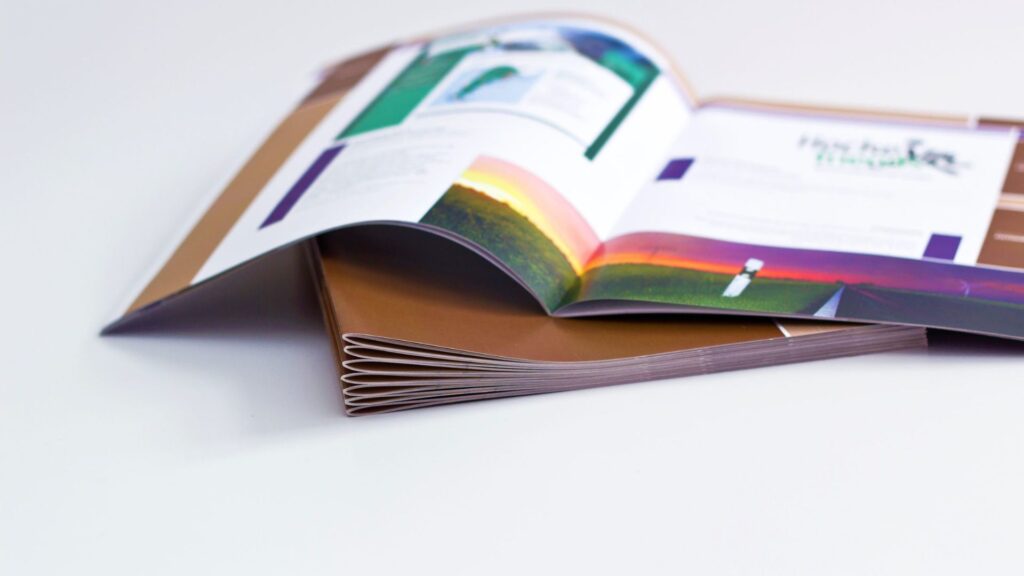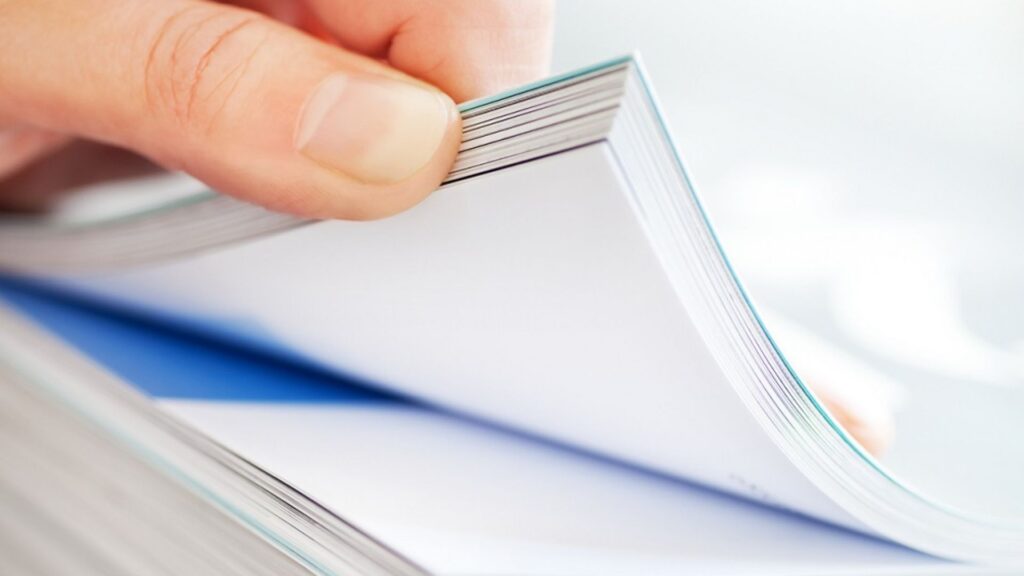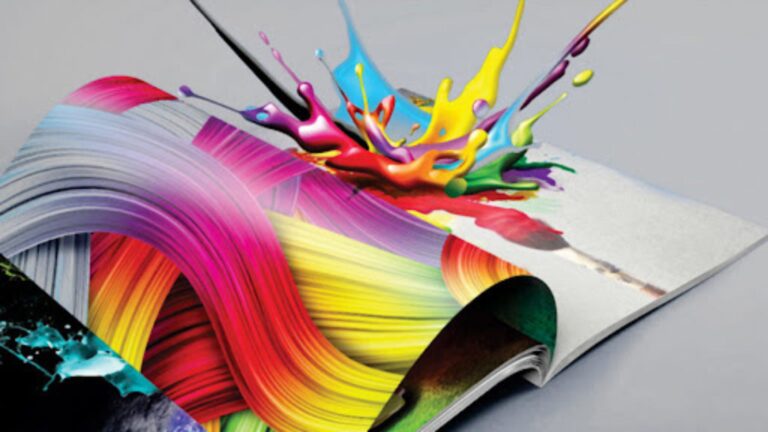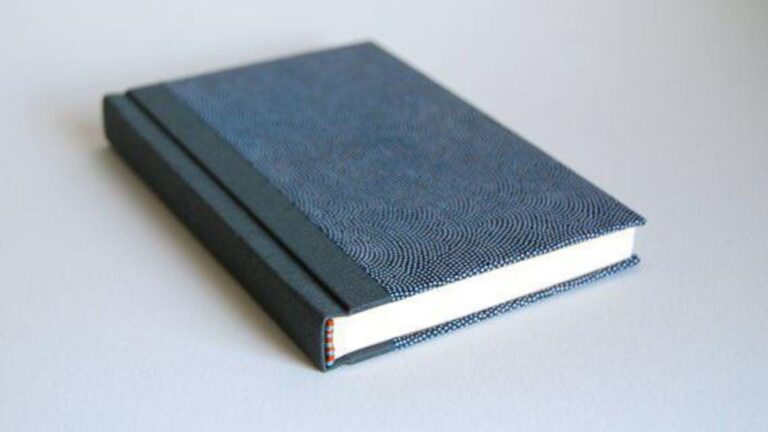
Choosing the right binding method can significantly impact the look, feel, durability, and cost of a printed piece. Two of the most commonly used techniques—saddle stitch and perfect binding—offer distinct advantages depending on the project’s needs. This article explores the key differences between these two binding methods, helping you decide which one suits your publication best.

What Is Saddle Stitch Binding?
Saddle stitching is a simple and cost-effective binding method where folded sheets are nested inside one another and stapled through the fold line with wire staples.
Typically, the booklet is opened flat and two staples are inserted into the spine. Because of this construction, saddle stitch works best with smaller page counts—generally up to 64 pages, depending on paper thickness.
Common Uses:
-
Magazines
-
Event programs
-
Comic books
-
Catalogs
-
Small brochures
Advantages:
-
Low cost
-
Quick production
-
Lightweight
-
Can lay flat when open
What Is Perfect Binding?
Perfect binding is a method in which the pages and cover are glued together at the spine with a strong thermal adhesive. The other three sides of the book are trimmed to give it clean, sharp edges.
This method produces a flat spine, which can display printed text or design. Perfect binding is ideal for thicker publications that require a professional appearance.
Common Uses:
-
Paperback books
-
Annual reports
-
Manuals
-
Product catalogs
-
Journals
Advantages:
-
Professional look
-
Printable spine
-
More pages supported (up to several hundred)
-
Great for commercial distribution
Key Differences Between Saddle Stitch and Perfect Binding
Let’s break down the primary differences between these two techniques across multiple factors:
Binding Process
-
Saddle Stitch: Staples inserted into the spine through the centerfold.
-
Perfect Binding: Pages glued together at the spine using adhesive.
Page Count
-
Saddle Stitch: Best for smaller publications—typically 8 to 64 pages.
-
Perfect Binding: Ideal for larger books—40 to 400+ pages, depending on paper thickness.
Appearance
-
Saddle Stitch: Clean, minimal design but no visible spine.
-
Perfect Binding: Square spine allows for spine text and a more “book-like” look.
Durability
-
Saddle Stitch: Less durable over time; staples may loosen with frequent use.
-
Perfect Binding: Stronger, more durable spine—but the glue may crack with heavy use if not well-made.
Cost
-
Saddle Stitch: Generally more affordable due to fewer materials and quicker production.
-
Perfect Binding: More expensive because of adhesive use and trimming process.
Turnaround Time
-
Saddle Stitch: Fast production; often same-day or next-day for short runs.
-
Perfect Binding: Takes longer due to drying time for adhesive and additional trimming steps.
When to Choose Each Method
Choose Saddle Stitch if:
-
Your document has fewer pages.
-
You’re on a tight budget or timeline.
-
You want the piece to lay flat.
-
You’re printing temporary or disposable materials.
Choose Perfect Binding if:
-
You want a premium, professional look.
-
Your content exceeds 64 pages.
-
You need a printable spine for branding or identification.
-
Your publication is intended for longer-term use.
Conclusion
While both saddle stitch and perfect binding serve vital roles in print publishing, your decision should be based on the document’s length, purpose, and desired appearance. Saddle stitch offers speed and affordability for thinner booklets, while perfect binding provides a polished finish for thicker, more formal publications. Understanding the strengths and limitations of each method ensures your printed material leaves the right impression.






